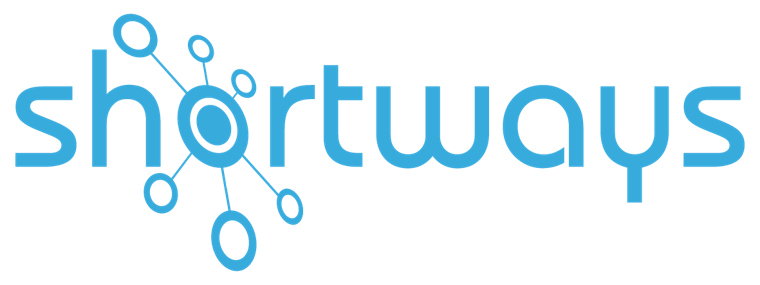Here are six practical levers to help harmonise processes across your ERP system.
For example, “order validation” might mean a simple click to one team, and a manual budget check or manager approval to another.
These silent differences often result in inconsistent data entry, duplicates or blockages in the process chain.
Harmonisation starts with a clear, shared and widely communicated model of each process: who does what, when, in what order, and with what impact.
This model should not remain confined to the project team but be visible and accessible to all users.
These in-screen guides support consistent usage, regardless of the user’s department or location.
2. Involve business teams from the design phase
Failing to involve them from the start risks modelling a process that is too far removed from reality, leading to rejection, workarounds and poor data entry.
Involving them early ensures that the system fits actual use cases, while encouraging evolution.
An admin assistant will not see the same instructions as a finance controller.
This maintains the engagement of business users in the screens they actually use. Subject-matter experts should also be involved in creating help content, so the right practices are shared.
3. Document business rules in a practical way
They may be known to the project team, but are rarely accessible to end users. Worse still, they are often documented in detached formats (PowerPoint, intranet pages, 80-page PDFs) that no one consults when actually inputting data.
To support harmonised practices, rules must be visible, understandable and embedded within the work environment.
It is not enough for rules to exist, they must be seen, understood and followed.
You can also link documentation and FAQs directly to the screen the user is working in.
4. Standardise the user experience across all modules
But navigation patterns, validation workflows and vocabulary often vary across modules.
This lack of coherence fragments usage and leads to different behaviours: the same field may be completed differently depending on the department.
Harmonisation also depends on unifying the user experience: consistent messages, a common logic in guidance and similar screen structures.
5. Embed best practices directly into daily tools
In ERP systems, operational pressure often pushes users to “do what they can”: copy from a previous order, ask a colleague or skip a non-mandatory field.
To foster harmonisation, best practices need to be embedded in the work environment, not confined to external materials.
6. Monitor and adapt continuously based on user feedback
Some rules may turn out to be too complex, certain steps misunderstood, screens underused or roadblocks overlooked.
These are weak signals that, if ignored, can lead to a gradual return to local workarounds and imprecise data entry.
Harmonisation must be a continuous effort based on user feedback, support tickets and real usage analysis.
Conclusion
Process harmonisation in an ERP is neither automatic nor purely technical.
It depends on how rules are designed, made visible, understood and actually applied.
This alignment requires organisational decisions, strong involvement from business teams and daily support, embedded directly in the system.
Shortways Assistant delivers this support in a concrete, sustainable and self-sufficient way by addressing each friction point.
Not by replacing the processes, but by finally making them clear, usable and shared.
To see this solution in action and learn how it can help you harmonise practices and improve both user and ERP efficiency: Contact us
👉 To go further on this topic, discover why are ERP operating costs so high?





